Search
Search Results
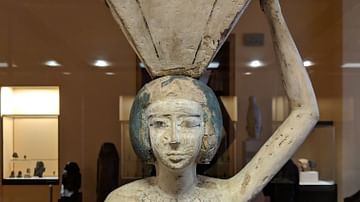
Image
Egyptian Woman Bearing Offerings
Statue of an Egyptian woman bearing offerings, made from painted fig wood, early 12th dynasty (c. 1950 BCE).
Louvre Museum, Paris.
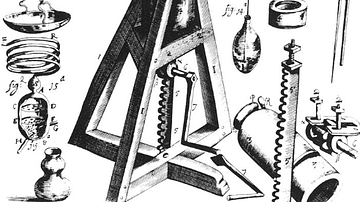
Image
Boyle's Air Pump
The air pump commissioned by Robert Boyle (1627-1691) and built by Robert Hooke (1635-1703). The instrument was unique in that it allowed specimens to be placed in the glass ball and subjected to different air pressures. From an edition of...
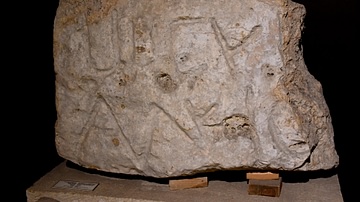
Image
Inscription Bearing the Name of Alkios
This is a fragment of a boundary description, which mentions the name of the Governor Alkios. Limestone. Roman Period, 1st century CE. From Gezer (Tell el-Jezer), in modern-day State of Israel. (Museum of Archaeology, Istanbul, Turkey).
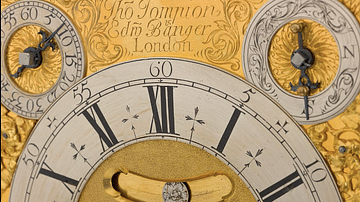
Article
Clocks in the Scientific Revolution
Keeping good time proved an elusive objective for centuries, and it was only in the second half of the 17th century, during the Scientific Revolution (1500-1700), that clocks were made which lost seconds rather than minutes each day. The...
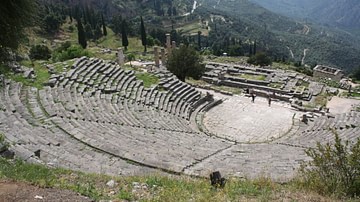
Article
Ancient Greek Inventions
The ancient Greeks are often credited with building the foundations upon which all western cultures are built, and this impressive accolade stems from their innovative contributions to a wide range of human activities, from sports to medicine...

Article
The Schweinfurt-Regensburg Raids
The Schweinfurt-Regensburg raids in Germany were a series of attacks by B-17 Flying Fortress and B-24 Liberator bombers of the United States Air Force in August and October 1943 during the Second World War (1939-45). Schweinfurt had several...
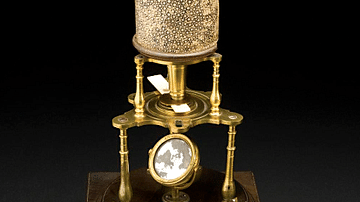
Article
The Microscope & the Scientific Revolution
The microscope was one of the most significant inventions of the Scientific Revolution, opening up completely new and miniaturised worlds. The first microscopes were invented in the first quarter of the 17th century in the Netherlands, but...
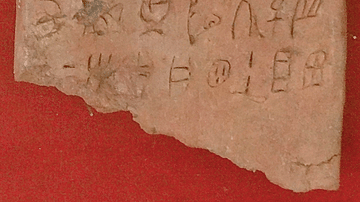
Definition
Linear A Script
Linear A script was used by the Minoan civilization centred on Crete during the Bronze Age. Used from around 1850 to around 1450 BCE, the script has never been deciphered. Artefacts bearing Linear A script, most commonly clay tablets, have...
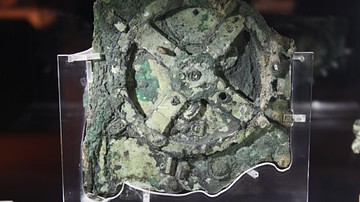
Definition
Antikythera Mechanism
The Antikythera mechanism (also known as the Antikythera Device), dated to the late 2nd century/early 1st century BCE (roughly 205-60 BCE) is understood as the world's first analog computer, created to accurately calculate the position of...
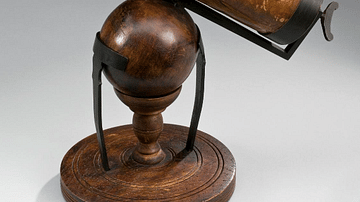
Article
6 Key Instruments of the Scientific Revolution
The Scientific Revolution (1500-1700) was driven by several key inventions, all scientific instruments that became essential to achieving a greater understanding of the world around us. With instruments like the telescope, microscope, thermometer...